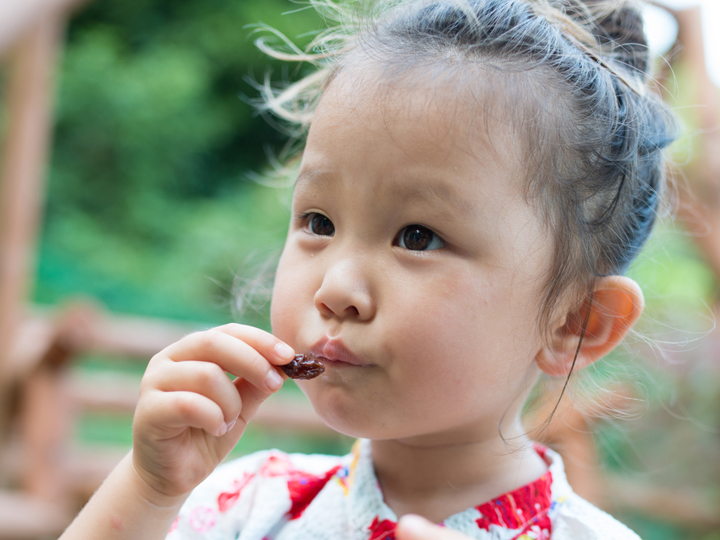Fussy and selective eating

Fussy and selective eating are common behaviours in children. This is where a child often refuses to eat certain foods or try new ones, which can lead to eating only a few types of food. These are usually plain foods like pasta, bread, or snacks. They also might not like healthier foods like fruits, vegetables, or protein foods.
Children may avoid these foods because of their texture, colour, or even how they look on the plate. This can be difficult for parents to manage, but fussy eating is a normal part of growing up. However, if it goes on for a long time, it can cause problems with nutrition or be related to sensory issues or anxiety.
Explore the topics on this page:
Introduction to fussy eating
In this video you will learn about:
- the background to fussy eating and food neophobia
- comparison between common fussy eating versus extreme selective eating
- growth
- multivitamin supplementation
- a balanced diet for pre-school aged children
- when to be concerned about your child's diet and health
Ideas to help with fussy eating
In this video you will learn about:
- what you need to be aware of with your child's fussy eating
- adapting your approach if your child has autism or another learning disability
- ideas to manage mealtimes more effectively
- identifying if your child has sensory issues and how to manage this
- how food exposure, food chaining and messy play can help
Last reviewed: 1 November, 2024

